

 | Computer Modeling in Engineering & Sciences |  |
DOI: 10.32604/cmes.2021.014239
ARTICLE
High Order of Accuracy for Poisson Equation Obtained by Grouping of Repeated Richardson Extrapolation with Fourth Order Schemes
1Graduate Program in Numerical Methods in Engineering, Federal University of Paraná, Curitiba, 81531-980, Brazil
2Graduate Program in Space Sciences and Technologies, Aeronautics Institute of Technology, São José dos Campos, 12228-900, Brazil
3Department of Mechanical Engineering, Federal University of Paraná, Curitiba, 81531-980, Brazil
*Corresponding Author: Luciano Pereira da Silva. Email: luciano.silva@ufpr.br
Received: 12 September 2020; Accepted: 12 March 2021
Abstract: In this article, we improve the order of precision of the two-dimensional Poisson equation by combining extrapolation techniques with high order schemes. The high order solutions obtained traditionally generate non-sparse matrices and the calculation time is very high. We can obtain sparse matrices by applying compact schemes. In this article, we compare compact and exponential finite difference schemes of fourth order. The numerical solutions are calculated in quadruple precision (Real * 16 or extended precision) in FORTRAN language, and iteratively obtained until reaching the round-off error magnitude around 1.0E −32. This procedure is performed to ensure that there is no iteration error. The Repeated Richardson Extrapolation (RRE) method combines numerical solutions in different grids, determining higher orders of accuracy. The main contribution of this work is based on a process that initializes with fourth order solutions combining with RRE in order to find solutions of sixth, eighth, and tenth order of precision. The multigrid Full Approximation Scheme (FAS) is also applied to accelerate the convergence and obtain the numerical solutions on the fine grids.
Keywords: Tenth order accuracy; RRE; compact scheme; exponential scheme; multigrid; finite difference
One of the main goals of researchers is to obtain improved numerical methods capable of solving problems that hinder technological progress, as well as those related to Engineering. In particular, one of these problems is characterized by the determination of the numerical solution of the Navier-Stokes (NS) equations, which require a large computational effort when determining the numerical solution of the continuity equation, represented by the Poisson equation. The simplified two-dimensional Poisson equation is given by
along with boundary conditions relating to the
This work includes higher order methods for discretizing Eq. (1) based on FDM [5]. These methods belong to a group of higher order schemes, where the combination of FDM approximations results in new methods that consider a larger number of neighboring points. They are: the Compact Finite Difference Scheme of fourth order (Compact −4) [3]; and the Exponential Finite Difference Scheme of fourth order (Exponential −4) [4]. In addition, the higher order methods in conjunction with the standard multigrid Full Approximation Scheme (FAS) [6] provide faster convergence to the numerical solution. One can also determine significantly better results when applying a fourth order of accuracy scheme with nine points, due to the decreased discretization error. To determine numerical solutions with higher order of accuracy, the post-processing method known as RRE can be used [7–9].
The main goal of this work is to obtain successive accurate solutions for Eq. (1) in an efficient way without increasing the computational time. For this, we use RRE that combines nine numerical solutions using quadruple precision (Real * 16 or extended precision) in order to obtain tenth order precision solutions. The grids have a refinement ratio q = 2 from
This work is subdivided as follows: In Section 2 we present the proposed mathematical and numerical model; In Section 3 the applied fourth order methods; In Section 4 we describe the RRE method used to obtain the tenth order of accuracy of the numerical solution; In Section 5 we show the standard multigrid method; In Section 6 the numerical tests and results, and, in Section 7 the conclusions of the work.
2 Mathematical and Numerical Models
The main goal is to solve the two-dimensional Poisson equation, represented by (1), and to achieve tenth order of accuracy numerical solutions. For this, the first step is to find the best fourth order scheme applying the standad FAS, and from that apply the RRE. Therefore, there is no problem in taking a simple domain with a discretization in simple grids, because the standard multigrid could be applied in non-orthogonal grids or unstructured grids [7]. As the RRE is a post-processing [10], its application is independent of how data were collected.
This section describes the model of the equation, its domain, boundary conditions and analytical solution that will be used by means of comparison and verification.
Given the equation
with boundary conditions obtained by the analytical solution, the unit square domain was discretized applying uniform grids with h: = 1/(Nx −1) and k: = 1/(Ny −1), for x and y directions, respectively. Here, Nx and Ny represent the number of grid points in coordinate directions x and y, respectively. Therefore, these grid points are defined by
Considering an uniform grid by direction with elements size h and k for each of the coordinate directions x and y, respectively. The approximations for the partial derivarives are given by Central Difference Scheme of second order (CDS −2) [5].
and
Replacing Eqs. (3) and (4) in Eq. (1) the equation is obtained from which the estimate Eq. (5) is derived
The approximations given by Eqs. (3) and (4) result in the asymptotic order pL = 2 and true orders
3 High Order Methods for Poisson Equation
3.1 Compact Finite Difference Scheme
Given Eq. (1), where U is the solution of Eq. (5) through a second order approximation. Therefore, in order to determine approximations for fourth order derivatives and obtain the known compact fourth order method, it is necessary to expand the following terms:
and
Then, replacing Eqs. (6) and (7) in Eqs. (3) and (4), respectively. Furthermore, considering a CDS −2 approximation for the second order partial derivative of
and
For
Next, Eq. (10) is replaced in Eqs. (8) and (9). After that, summing up both resulting equations leads to
Later, considering k = h and rearranging Eq. (11), we have
where
According to [12], the local truncation error is given by
Finally, by Eq. (14) it is possible to stablish the asymptotic, pL = 4, and true orders,
After some algebraic manipulations, the stencil model is
Therefore, Eq. (15) is the stencil of the approximation by Compact −4 for the two-dimensional Poisson equation in an unit square domain applying uniform grid elements based on approximations of [3,13,14].
3.2 Exponential Finite Difference Scheme
According to [4,15,16], the approximation Exponential −4 is accomplished from the following formulation:
Then, assuming that k = h, by substituting the approximations from Eq. (11) on the left of the equality in Eq. (16), we get
where
Furthermore, the laplacian of Eq. (18) can be approximated, according to [5], by CDS −2. Thus, it results in
then,
According to [4], the constants are a0 = 4, a1 = 1, a2 = −20 and b0 = 6. Therefore, Eq. (17) can be rewrite as
The local truncation error is given by [4] as
Consequently, also according to [4], combining Eqs. (21) and (22) specifies the asymptotic, pL = 4, and true orders,
The stencil of the approximation for the Poisson equation is given by
where
Therefore, Eqs. (23) and (24) stablish the approximation for Exponential −4 for the two-dimensional Poisson equation with uniform grid elements based on the approximations of [4].
Both for Eqs. (12) and (13) of Compact Scheme (with stencil given by Eqs. (15) and (21) of Exponential Scheme (with stencils given by Eqs. (23) and (24)), a system of the type
In the present work, we chose the nine points Gauss-Seidel solver (method for solving the linear system) in a lexicographic order for both discretizations in order to generate numerical solutions of such linear equations systems, whose matrices of coefficients are 9-diagonal diagonal given by algebraic manipulation of Eqs. (12) and (13) for Compact Scheme and algebraic manipulation of Eq. (21) for Exponential Scheme.
This Gauss-Seidel will be used as a smoother in the geometric multigrid method to determine the numerical solutions of the linear systems (see Section 4).
4 Repeated Richardson Extrapolation
For numerical analysis, Richardson Extrapolation (RE) [5] is an efficient technique of accelerating terms of a sequence that can be applied to reduce the discretization error of nodal numerical solutions. According to the Eq. (25), when combining two nodal solutions whith a refinement ratio q and order of accuracy p of the numerical method it is possible to determine
Then, we have the equation
where
By applying RE repeatedly, we obtain the technique known as Repeated Richardson Extrapolation (RRE) [7,8,10,17]. The RRE is a post-processing technique used to decrease the discretization error of numerical solutions without increasing the number of terms in the finite difference equation obtained by the Taylor series, it depends only on the collected data. The RRE combines different grid solutions and for each extrapolation, the obtained solution presents a much smaller discretization error. This magnitude obeys the true orders in the finite difference equation used to approximate the derivatives of the differential equation. For this case, models of centered fourth orders were used based on CDS −2 approximations, thus, the true orders are
where
It is possible to approximate the asymptotic order of accuracy of each numerical method by the effective and apparent orders [11], respectively. The basis for the approximation is the numerical error (difference between analytical and numerical solutions) or by estimating the error of the numerical solution. The effective order (based on the numerical error) is given by [18].
where
The apparent order (based on its estimation of the numerical solution error) is represented by [18]
where q is the refinement ratio,
To execute the RRE, pm = pE or pm = pU can be used in Eq. (26), which are the orders of accuracy of the numerical scheme, calculated according to Eqs. (27) and (28), respectively. The accuracy orders pE and pU are equivalent for the RRE. However, in order to use pE, the analytical solution must be known. In addition, to calculate pU, three nodal solutions are needed, while to calculate pE only two nodal solutions are sufficient. To show how the RRE is calculated, pm = pU is chosen, because in this case it is not necessary to know the analytical solution of the differential equation, and this makes the technique more robust.
The Algorithm 1 describes the steps to implement the RRE using pU, but can be easily adapted to use pE. In Fig. 1, the representation of one nodal numerical solution for the same point is shown in different grids and levels of extrapolation, where
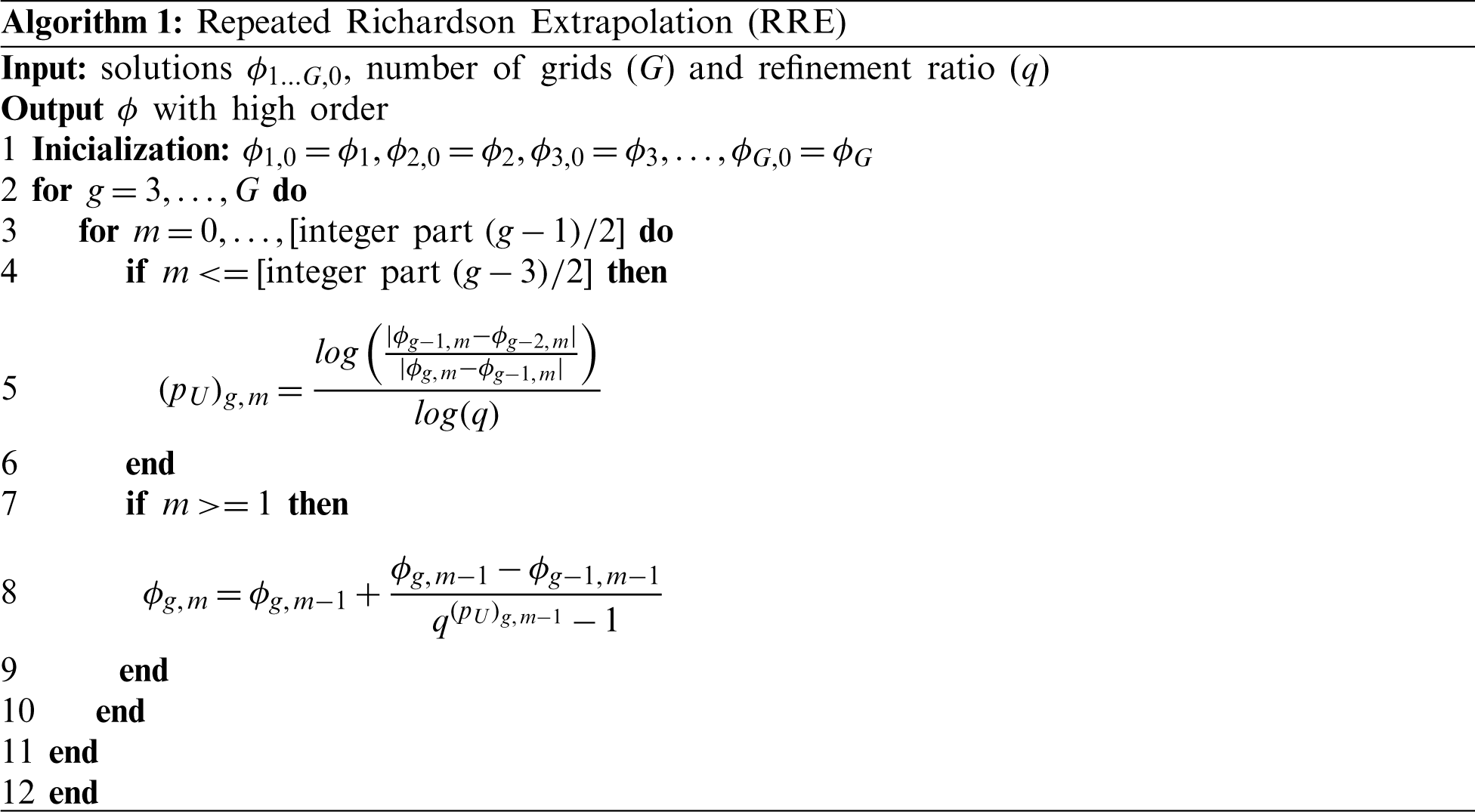
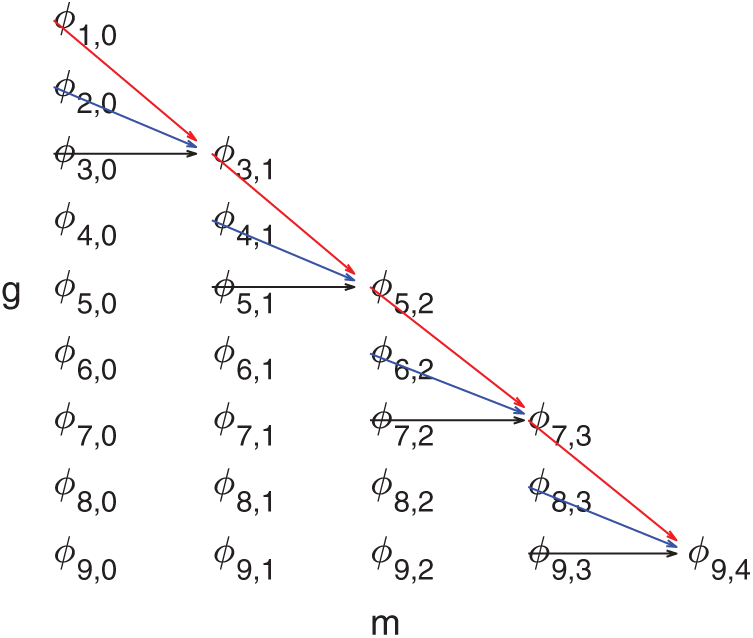
Figure 1: Schematic representation of RRE for g = 9 and m = 4
In general, the decrease in the discretization error is associated with the grid size, in other words, as much as the grid is refined, lower is the discretization error. However, highly refined grids result in large scale linear equation systems, which requires very high computational effort to achieve a numerical solution. Given that, in order to minimize the computational time used with highly refined grids, we adopted the multigrid method, which accelerates the convergence of standard methods using coarser grids as a support base.
Some classical iterative methods can reduce very quickly oscillatory modes errors of the finest grid leaving only smooth modes, where the method loses the effectiveness. Later, one should transfer information to the coarser grids (using restriction operators), where the smooth modes become more oscillatory, and then, the method becomes more effective. When reaching the possible or desired coarser grid, one should return with the information to the original finest grid of the problem (using prolongation operators). It speeds up the convergence of the method [6,19,20].
Depending on the type of information that is transferred between grids, one can use the Correction Scheme (CS) where only the residual is transferred, or the Full Approximation Scheme (FAS), where both residual and solution are transferred. In the present work, we chose the FAS method [6,19]. A cycle is the way that different grids are traversed. There are different types of cycles, for example, V-, W-, F-cycle [21,22] and we choose to appply the V-cycle because its lower computational coast [6,19]. The V-cycle is defined as
In the present work, we adopt the standard geometric multigrid [23,24], that is usually recommended to orthogonal structured and non-orthogonal structured grids. However, for unstructured grids, the algebric multigrid can be applied [7,25,26].
The process of restriction (transfer information from the fine grid to the coarser grid) is carried out by the full weighting operator, defined by [6,19]
The process of prolongation (transfer information from the coarse grid to the finer grid) is carried out by the bilinear interpolation operator, defined by [6,19]
Approximations of
The variables of interests are: the infinity norm (
The multigrid method FAS uses V-cycles,
Our main contribution is, first, to find the best fourth order method, and then, combine it with the RRE. In this case, using the multigrid method in order to solve the problem in refined grids. Therefore, the CDS −2 is used only for purpose of comparison and verification of the computational code.
6.1 Verification of Truncation Error
Considering all the grids studied in this work, for keeping the same standard, we chose grids with

Figure 2: Iteration error vs. number of V-cycle for (a)
Fig. 3 represents the effective order of the infinity norm (
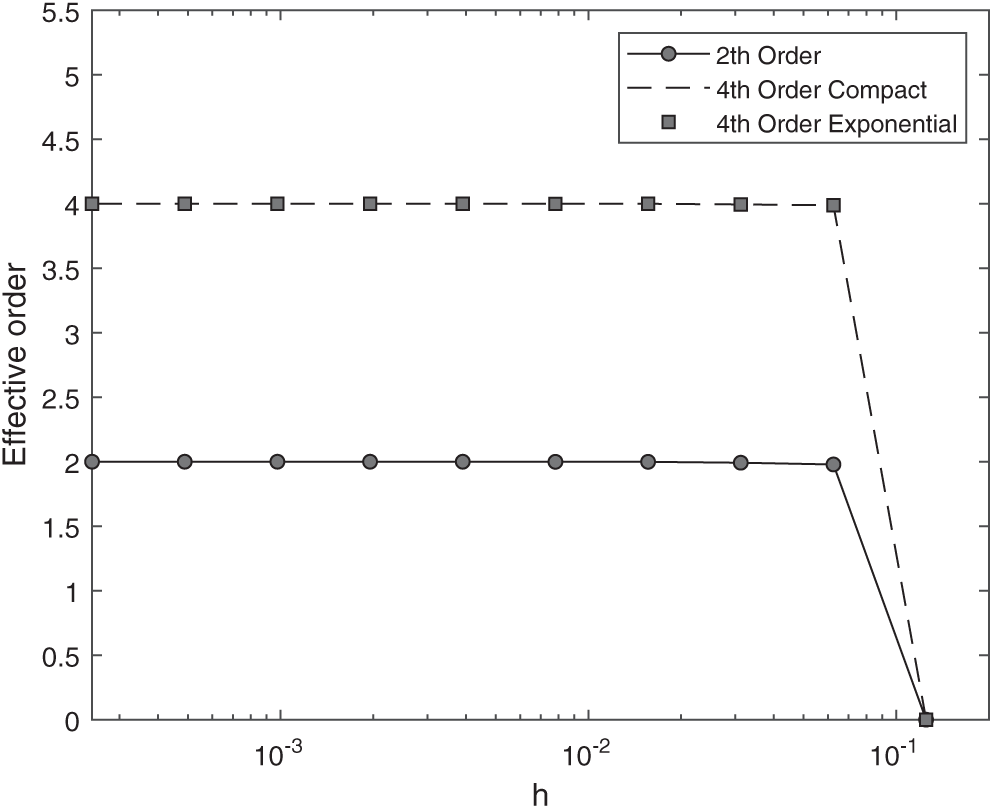
Figure 3: Effective order pE of accuracy based on

Figure 4: Effective order pE of accuracy in approximating
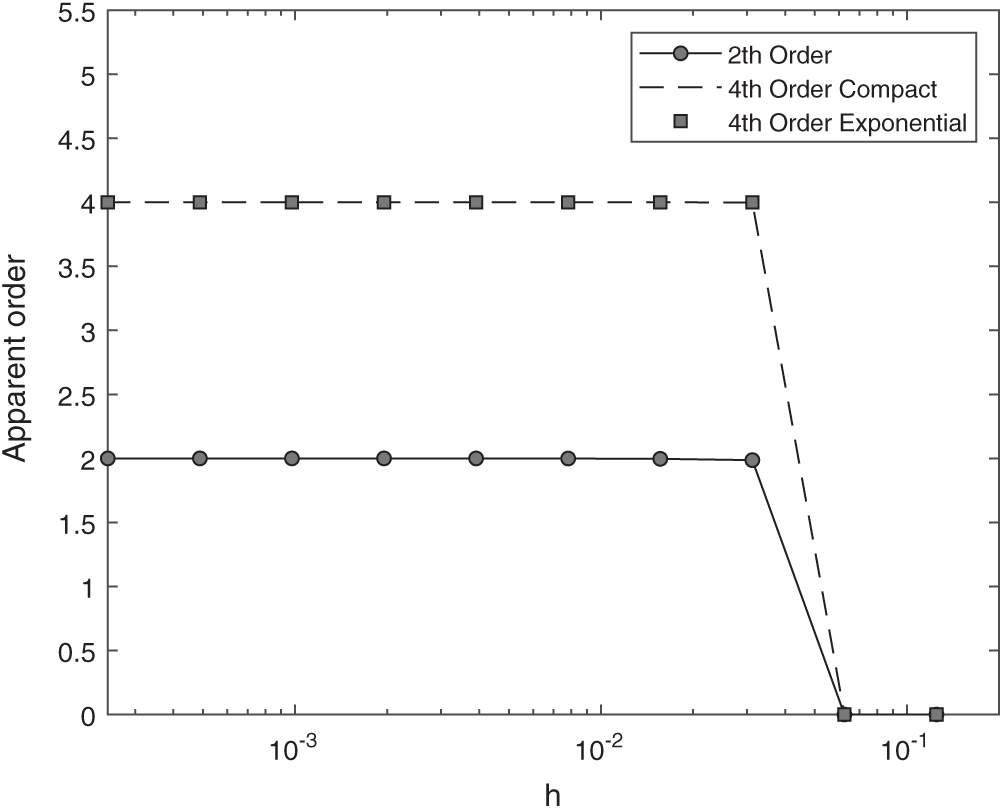
Figure 5: Apparent order pU of accuracy in approximating
One can observe in these figures that even for pE as for pU, also for any other variable of interest that was studied in this paper, the second order method and the fourth order methods converge to their asymptotic orders predicted in Sections 2 and 3.
In order to analyze the results when approximating

As one can see in Tab. 1, both the Compact −4 and the Exponential −4 methods obtained exactly the same amount of V-cycles. However, a slightly less number of cycles than for the CDS −2, which indicates that fourth orders methods have a slightly better convergence factor.
Tab. 2 shows another analysis only for fourth order methods, considering time computational needed to obtain the same numerical solutions.

As one can see by Tab. 2, for both methods of fourth order hold very similar computational time. Therefore, it is not possible yet to determine which one is the more efficient.
Given that, Tab. 3 shows the complexity order of the Compact −4 and Exponential −4 methods using multigrid FAS through a geometric curve fitting [5], represented by equation tcpu(N) = cNp. It is known that, according to [6,19], theoretically the p factor must be close to the unit.

Finally, after applying the curve fitting it is possible to verify that the Exponential −4 method obtained a more adequate complexity factor when obtaining the numerical solutions for the variable of interest
6.3 Effect of the Number of Extrapolations
The results present in Tab. 3 show that the complexity factor p of the Exponential −4 method is closer to unity, agreeing with the literature [6]. Therefore, from now on we choose the Exponential −4 method to determine the numerical solutions for the variable
It is possible to observe through Fig. 6 the behavior of the true and apparent orders in the numerical solutions: without performing any extrapolations (m = 0, p0 and
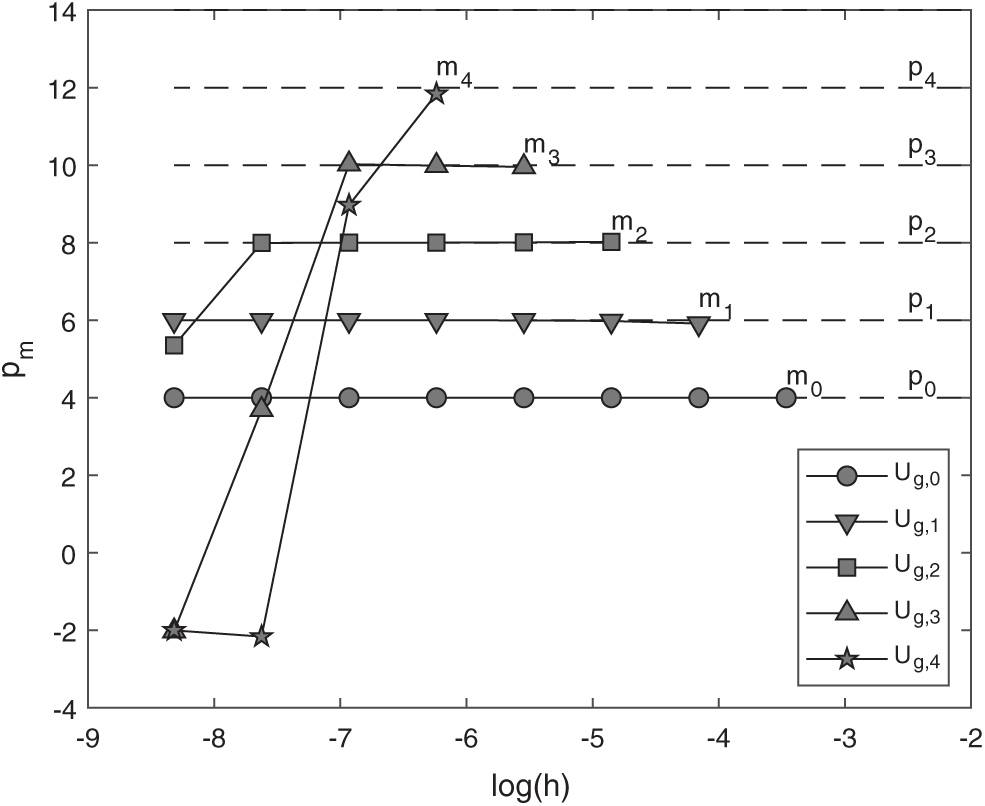
Figure 6: Repeated Richardson extrapolation for
Observing Fig. 6, we concluded that numerical solutions are found with several precision orders.
The main contribution of this article is to show the possiblity to obtain a new higher accuracy solution without the require to generate a new approximation involving many neighbor points. For this, we start with high-order solution and then apply the post-processing RRE method. This would imply in a large-scale linear systems, so that a computational limitation would happen.
In the Fig. 6 we can observe the influence of the round-off error on the discretization error, which degenerated the orders. Note that the
In the present paper, our results were based on a comparison between Compact −4 and Exponential −4 methods with the goal of finding the best efficiency of the fourth order methods when decreasing the discretization error. In addition, without increasing the computational time when solving linear systems of large scale resulting of the discretization of the two-dimensional Poisson equation.
The fourth order methods achieved similar results when considering the number of
From the curve fitting complexity analysis, the Exponential −4 method obtained a better factor (smaller and closer to the unit) when compared to the Compact −4 method. However, both factors are close to the theoretical expected in the FAS multigrid case.
Given that, using the Exponential −4 method and combining numerical solutions for the
However, it is possible to obtain solutions with superior orders by successive applications of RRE. For that, it is only needed enough different solutions in grids g −1 to generate m repeated extrapolations, i.e., m = g −1.
In practice, our contribution is related to the significant reduction of computational costs during the execution of Engineering projects. It is common that projects are based on numerical solutions of problems that model, for example, heat diffusion. Thus, the strategy presented in this work allows the study of more physical phenomena, ensuring project cost reduction and high reliability.
This work is related to the exclusive approach of the Laplacian operator. However, we believe that extending this technique to the advection-diffusion operator, for example, is not difficult.
Acknowledgement: We would like to acknowledge the graduate program of Numerical Methods in Engineering—PPGMNE from the Federal University of Paraná, Curitiba—PR, Brazil. This study was financed in party by the Coordenação de Aperfeiçoamento de Pessoal de N¡́x0131/¿vel Superior—Brasil (CAPES)—Finance Code 001.
Funding Statement: The authors received no specific funding for this study.
Conflicts of Interest: The authors declare that they have no conflicts of interest to report regarding the present study.
1. Okoro, F. M., Owoloko, A. E. (2010). Compact finite difference schemes for Poisson equation using direct solver. Journal of Mathematics and Technology, (3), 130–138. http://eprints.covenantuniversity.edu.ng/178/#.YMigwOBKiM9. [Google Scholar]
2. Čiegis, R., Suboč, O. (2018). High order compact finite difference schemes on nonuniform grids. Applied Numerical Mathematics, 132, 205–218. DOI 10.1016/j.apnum.2018.06.003. [Google Scholar] [CrossRef]
3. Zhang, J., Wang, Y. (2009). Sixth order compact scheme combined with multigrid method and extrapolation technique for 2D Poisson equation. Journal of Computational Physics, 228(1), 137–146. DOI 10.1016/j.jcp.2008.09.002. [Google Scholar] [CrossRef]
4. Pandey, P. K. (2013). A higher accuracy exponential finite difference method for the numerical solution of second order elliptic partial differential equations. Journal of Mathematical and Computational Science, 3(5), 1325–1334. http://scik.org/index.php/jmcs/article/view/1217. [Google Scholar]
5. Burden, R. L., Faires, J. D. (2016). Numerical analysis, vol. 10. Boston, Massachusetts, USA: Cengage Learning. [Google Scholar]
6. Trottenberg, U., Oosterlee, C. W., Schuller, A. (2000). Multigrid. Amsterdam, Netherlands: Elsevier. [Google Scholar]
7. Marchi, C. H., Araki, L. K., Alves, A. C., Suero, R., Gonçalves, S. F. T. et al. (2013). Repeated Richardson extrapolation applied to the two-dimensional Laplace equation using triangular and square grids. Applied Mathematical Modelling, 37(7), 4661–4675. DOI 10.1016/j.apm.2012.09.071. [Google Scholar] [CrossRef]
8. Marchi, C. H., Novak, L. A., Santiago, C. D., Vargas, A. P. S. (2013). Highly accurate numerical solutions with repeated Richardson extrapolation for 2D Laplace equation. Applied Mathematical Modelling, 37(12–13), 7386–7397. DOI 10.1016/j.apm.2013.02.043. [Google Scholar] [CrossRef]
9. Cheney, W., Kincard, D. (1999). Numerical mathematics and computing. USA: Brooks/Cole Publishing. [Google Scholar]
10. Marchi, C. H., Giacomini, F. F., Santiago, C. D. (2016). Repeated Richardson extrapolation to reduce the field discretization error in computational fluid dynamics. Numerical Heat Transfer, Part B: Fundamentals, 70(4), 340–353. DOI 10.1080/10407790.2016.1215702. [Google Scholar] [CrossRef]
11. Marchi, C. H., Silva, A. F. C. (2002). Unidimensional numerical solution error estimation for convergent apparent order. Numerical Heat Transfer, Part B: Fundamentals, 42(2), 167–188. DOI 10.1080/10407790190053888. [Google Scholar] [CrossRef]
12. LeVeque, R. J. (2007). Finite difference methods for ordinary and partial differential equations: Steady-state and time-dependent problems. New Delhi: SIAM. [Google Scholar]
13. Gupta, M. M., Kouatchou, J., Zhang, J. (1997). Comparison of second and fourth order discretizations for multigrid Poisson solvers. Journal of Computational Physics, 132(2), 226–232. DOI 10.1006/jcph.1996.5466. [Google Scholar] [CrossRef]
14. Li, J., Chen, Y. (2008). Computational partial differential equations using MATLAB. London, UK: Chapman and Hall Book. [Google Scholar]
15. Pandey, P. K., Pandey, B. D. (2016). Variable mesh size exponential finite difference method for the numerical solutions of two point boundary value problems. Boletim da Sociedade Paranaense de Matemática, 34(2), 9–27. DOI 10.5269/bspm.v34i2.24599. [Google Scholar] [CrossRef]
16. Pandey, P. K. (2016). Solving two point boundary value problems for ordinary differential equations using exponential finite difference method. Boletim da Sociedade Paranaense de Matemática, 34(1), 45–52. DOI 10.5269/bspm.v34i1.22424. [Google Scholar] [CrossRef]
17. Marchi, C. H., Germer, E. M. (2013). Effect of the CFD numerical schemes on repeated Richardson extrapolation (RRE). Applied & Computational Mathematics, 2, 128. DOI 10.4172/2168-9679.1000128. [Google Scholar] [CrossRef]
18. Marchi, C. H., Martins, M. A., Novak, L. A., Araki, L. K., Pinto, M. A. V. et al. (2016). Polynomial interpolation with repeated Richardson extrapolation to reduce discretization error in CFD. Applied Mathematical Modelling, 40(21–22), 8872–8885. DOI 10.1016/j.apm.2016.05.029. [Google Scholar] [CrossRef]
19. Wesseling, P. (2004). An introduction to multigrid methods. UK: Book News, Inc. https://www.amazon.com/Introduction-Multigrid-Methods-P-Wesseling/dp/1930217080#detailBullets_feature_div. [Google Scholar]
20. Oliveira, M. L., Pinto, M. A. V., Gonçalves, S. F. T., Rutz, G. V. (2018). On the robustness of the xy-zebra-gauss-seidel smoother on an anisotropic diffusion problem. Computer Modeling in Engineering & Sciences, 117(2), 251–270. DOI 10.31614/cmes.2018.04237. [Google Scholar] [CrossRef]
21. Franco, S. R., Gaspar, F. J., Pinto, M. A. V., Rodrigo, C. (2018). Multigrid method based on a space-time approach with standard coarsening for parabolic problems. Applied Mathematics and Computation, 317(4), 25–34. DOI 10.1016/j.amc.2017.08.043. [Google Scholar] [CrossRef]
22. Franco, S. R., Rodrigo, C., Gaspar, F. J., Pinto, M. A. V. (2018). A multigrid waveform relaxation method for solving the poroelasticity equations. Computational and Applied Mathematics, 37(4), 4805–4820. DOI 10.1007/s40314-018-0603-9. [Google Scholar] [CrossRef]
23. Wesseling, P., Oosterlee, C. W. (2001). Geometric multigrid with applications to computacional fluid dynamics. Journal of Computation and Applied Mathematics, 128(1–2), 311–334. DOI https://10.1016/S0377-0427(00)00517-3. [Google Scholar]
24. Santiago, C. D., Marchi, C. H., Souza, L. F. (2015). Performance of geometric multigrid method for coupled two-dimensional systems in CFD. Applied Mathematical Modelling, 39(9), 2602–2616. DOI 10.1016/j.apm.2014.10.067. [Google Scholar] [CrossRef]
25. Stüben, K. (2001). A review of algebraic multigrid. Journal of Computation and Applied Mathematics, 128(1–2), 281–309. DOI 10.1016/S0377-0427(00)00516-1. [Google Scholar] [CrossRef]
26. Suero, R., Pinto, M. A. V., Marchi, C. H., Araki, L. K., Alves, A. C. (2012). Analysis of algebraic multigrid parameters for two-dimensional steady-state heat diffusion equations. Applied Mathematical Modelling, 36(7), 2996–3006. DOI 10.1016/j.apm.2011.09.088. [Google Scholar] [CrossRef]
 | This work is licensed under a Creative Commons Attribution 4.0 International License, which permits unrestricted use, distribution, and reproduction in any medium, provided the original work is properly cited. |